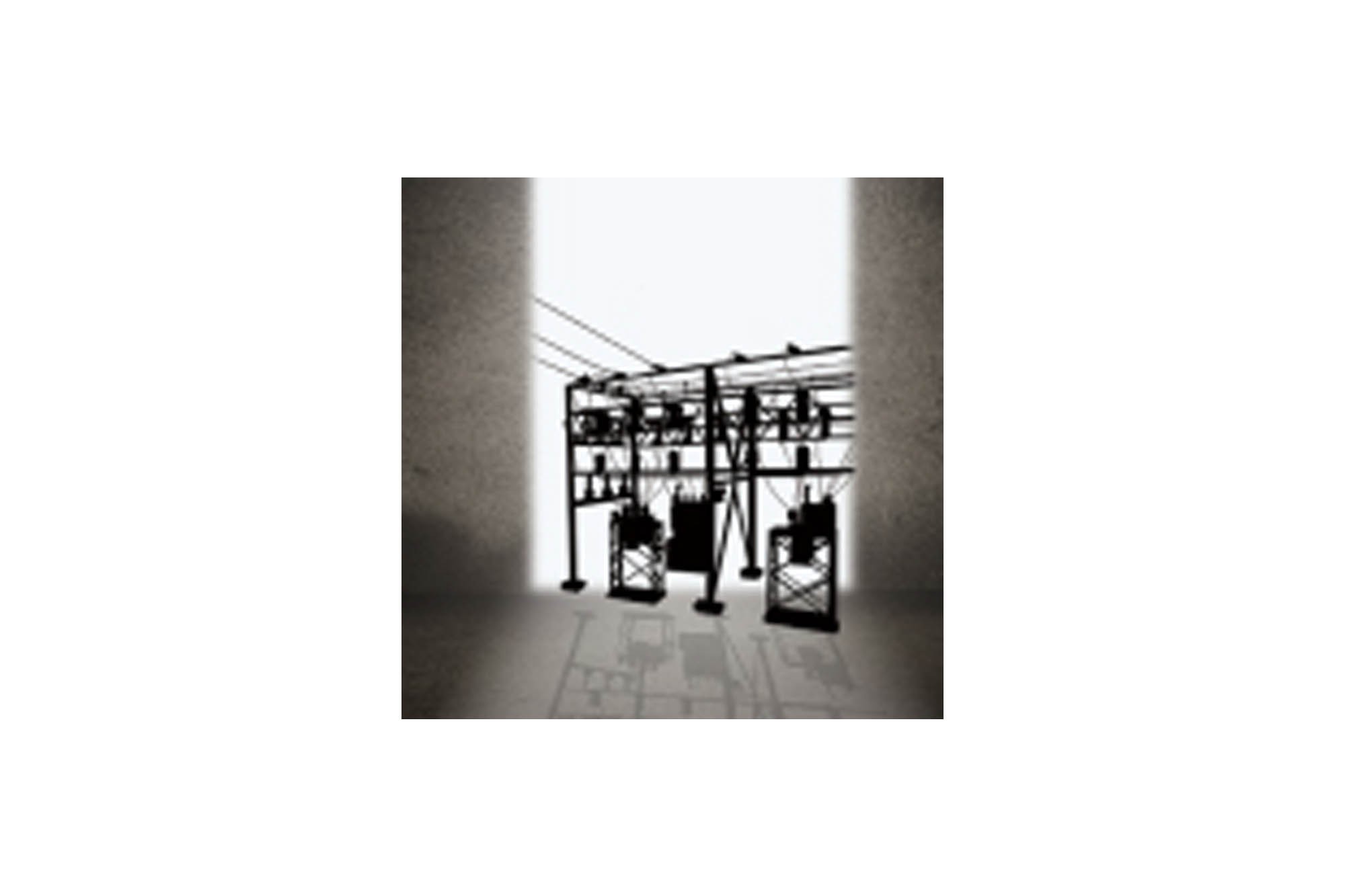On the Threshold of Transformation
By EPR Magazine Editorial October 13, 2016 4:59 pm IST
By EPR Magazine Editorial October 13, 2016 4:59 pm IST

7 key factors that will shape power transformers market in India
India has been witnessing a significant rise in power demand for the past few decades on account of rapid growth in population, industrialisation and urbanisation. The total installed generation capacity is expected to reach to about 320 GW by the end of the 12th Five-Year Plan. During the same time, India is likely to achieve AC transformation capacity of 670 GVA with approximately 65 GW of inter regional grid transfer capacity in addition to HVDC transmission.
The initiatives undertaken by the Indian government alongside the need of substitution of transformers introduced in the previous years will contribute as a major factor in driving development in the Indian transformers market. Historically the transformers market has been driven by the transmission and distribution (T&D) sector. The growth in these segments will lead to a drastic impact and also drive the transformer market, said Latish Babu, Director, Utilities and Power Generation, Schneider Electric India.
“The next 5 years is expected to see an increasing focus on power transmission. India faces a paradoxical situation wherein the lack of quality power transmission infrastructure does not allow the country to fully leverage the efforts made on adding power generation capacity,” believes Manjit S. Sethi, Vice President, Local Business Unit Manager, Transformers, ABB India. He adds, the government is enhancing its efforts on strengthening the national grid and in parallel the state and private utilities are working on creating better infrastructure.
Here are some major factors that could influence the power transformers market in India:
1. Positive investment climate: The investment climate remains positive in the power sector for both private as well as government players. The government’s move to alleviate DISCOMs’ debt is a boost. Private investment is also picking up, particularly in the renewable sector. Already investments are committed by major players in the solar sector. Further, the deployment of funds in the 13th Plan should now be more towards quality T&D, observes Sethi.
“The government is planning to invest Rs 2,60,000 crore in power transmission segment during 13th Plan between 2017 and 2022 out of which Rs 1,60,000 crore will be invested for EHV and UHV transmission,” informed Anindya Basu, Vice President – Transformers (India), Crompton Greaves Ltd.
Various government initiatives like setting up of National Investment and Infrastructure Fund (NIIF) of Rs 40,000 crore to charge up the investment in renewable sector; allocation of Rs 1.1 lakh crore for Integrated Power Development Scheme (IPDS) and Deendayal Upadhyaya Gram Jyoti Yojana (DDUGJY) for strengthening of sub T&D network and electrification of rural pockets of India; and investment of Rs1 lakh crore in 4 UMPP of 4,000 MW each will result in substantial growth in T&D segment, believes Basu.
According to Dr. Katsutoshi Toda, Managing Director, Toshiba Transmission and Distribution System India Pvt Ltd, “PGCIL is driving the spending of Rs 1.1 trillion in 12th Plan and Rs 1.2 trillion in 13th Plan. Private sector players have been aggressively participating in the BOOT tenders other than PGCIL. PGCIL is seen adapting to state-of-the-art technologies like 765 kV, 1,200 kV, HVDC lines, FACT and STATCOM.”
2. Increasing focus on renewable: With the government’s focus on renewable energy, the solar sector is witnessing growth. “With an estimation of 5-6 GW capacity solar installations every year, the small power transformers industry is positioned well, particularly in the range of 10-60 MVA, up to 132 KV,” said Sethi.
“The green transformers market is anticipated to witness sound healthy growth rates and empowering demand for the impending years,” said Babu.
3. Rapid urbanisation: It is also one of the key market drivers for the transformer industry. Strengthening urban infrastructure means enhancing existing rail networks, roads, metros and other infrastructure projects across the country. According to Sethi, “The initiative to create 100 smart cities in India increases the emphasis on high quality and reliable power, and power distribution is critical here. These could be growth drivers for traction and dry type transformers.”
Smart cities will require smart energy, smart buildings and energy efficient building designs. To keep these systems running, ensuring a sustainable power supply is of prime importance, Babu said. 4. Increased private participation: With the introduction of the Tariff Based Competitive Bidding (TBCB) model, there is an increase in private participation and now both central utilities like PGCIL (Power Grid Corporation of India Ltd.) and private entities are bidding for projects. This approach significantly changes the power transformers market as well, Sethi noted.
5. Emerging technologies: Transformers with a long lifetime and a high reliability are an essential link in the energy supply chain. “The increase of electric power demand and the high pressure to apply environment friendly solutions for T&D require new and innovative systems, products and technologies like ester oil filled transformers said Babu.
Power transmission is witnessing upscaling of voltage levels – from 400 kV to 765 kV. Testing is also ongoing for 1,200 kV transmission. Emerging technologies will lead the next level of growth for power transformer markets. “HVDC, Dynamic Reactive Compensation, Phase Shifting Transformers, and Series Reactors are new technologies that will play a major role,” said Sethi.
Whereas Basu of Crompton Greaves said, “Upgradation of AC transmission voltage from 765 kV to 1,200 kV could lead to additional demand for EHV and UHV power transformers in the country.”
6. Replacement to drive demand: According to Basu, “Replacement of transformers installed before 1990 with energy-efficient, higher rating products would create demand.”
We use cookies to personalize your experience. By continuing to visit this website you agree to our Terms & Conditions, Privacy Policy and Cookie Policy.